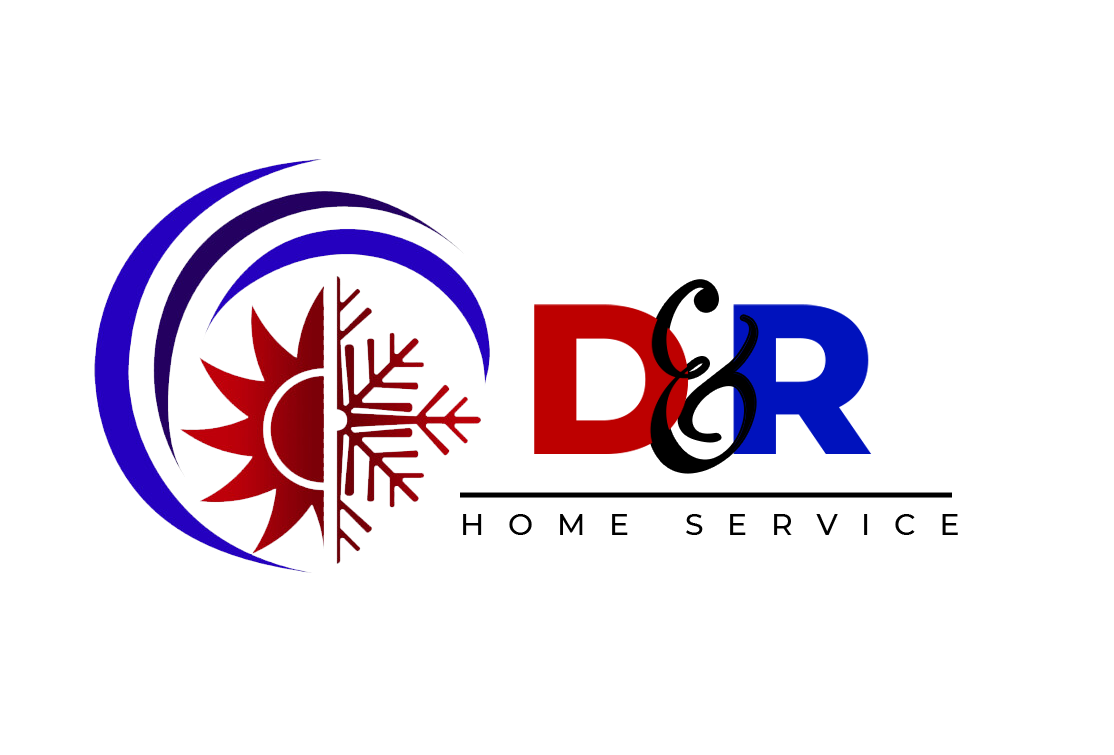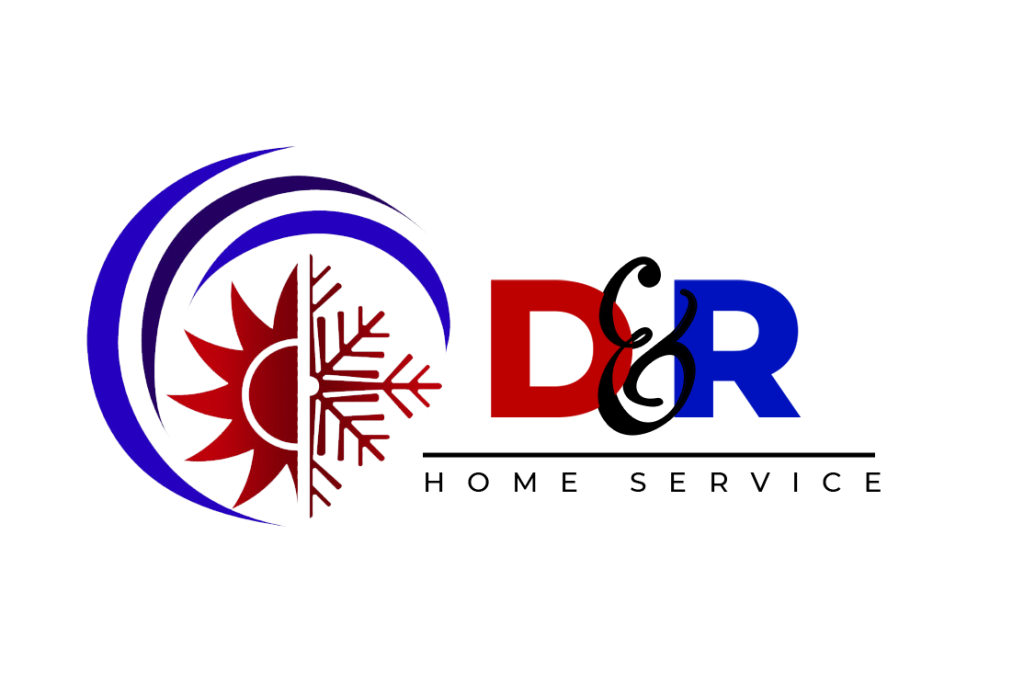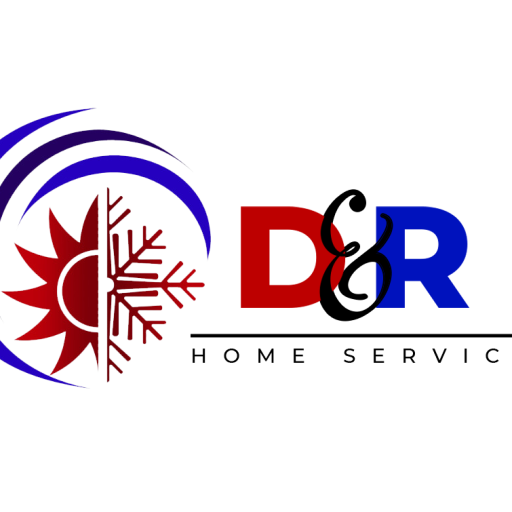Have you ever walked by your indoor AC unit and discovered a mysterious puddle that wasn’t there before? Or noticed a damp, musty smell when the cooling turns on? You are not alone. This frustrating experience is usually a sign of one of the most common HVAC condensate drain line issues that homeowners face.
Essentially, your air conditioner pulls moisture from the air, and that water needs a path to escape. And when that path gets blocked, you end up with the very problems that make you ask questions like, “why does my AC keep filling up with water and why is it causing this mess?” This guide will walk you through how this system works, why it fails, and the simple steps you can take to solve it yourself or know when to call for backup. Let us get your HVAC system back to keeping you cool and dry.
What is a Condensate Drain Line
Think of an HVAC condensate drain line as your air conditioner’s personal drainage pipe. On a humid day, your AC’s indoor unit works like a cold soda can, which causes moisture from the air to condense on its cold coils. All that water has to go somewhere, and this line is the dedicated pipe that carries it safely away from your system and out of your house.
At this point, you might be wondering, “where is my HVAC drain line?” Well, the drain pan is a shallow tray located directly underneath your indoor air handler, usually in a basement, attic, or utility closet. The line itself is typically a white PVC pipe that leads from this pan, often ending just outside your home’s foundation.
Common Condensate Drain Line Problems
Now that you’ve found your condensate drain line and pan, let’s talk about what happens when this little drainage system gets faulty. You know that puddle we talked about at the start? It usually comes from one of these common issues.
Clogged Drain Line
If you’ve ever looked at a puddle and asked, “why does AC drain get clogged in the first place?, it’s usually because that pipe is a perfect tunnel for gunk. Over time, mold, algae, and dust floating in your air decide to settle down inside, creating a slimy goo that blocks the path. This is exactly what causes water to back up and flood that pan we just located.
So, what can you do in this situation? Learning how to unclog the drain pipe for an air conditioner is a skill that comes in handy. For a mild clog, you can often use a simple wet/dry vacuum at the pipe’s outlet outside your home to unclog HVAC drain line. Another method is pouring a cup of white vinegar down the drain access point to melt the gunk away. But if the clog is stubborn, it’s best to call a professional plumber who can clear it completely without any risk of damaging the pipe.
Frozen Evaporator Coils
Now, let’s talk about a problem that can trick you into thinking it’s a clog. Sometimes, your AC might not be dripping water outside because it’s actually frozen solid inside. This happens when something, like a very dirty air filter, chokes off the airflow, causing the evaporator coil to turn into a block of ice. When that ice eventually melts, it releases a huge gush of water all at once that the drain line simply can’t handle.
So, if you ever see ice building up on the copper pipes inside your unit, your first move should be to turn the cooling off and let the system thaw completely. Go ahead and check your air filter, because a clean one can work wonders. But because a frozen coil can also be a sign of a deeper issue like low refrigerant, it’s a really good idea to have a professional technician take a look to prevent it from happening again.
Damaged or Rusted Drain Pan
Remember that drain pan we located earlier, sitting right under your indoor unit? Well, sometimes the problem isn’t a clogged pipe, but the pan itself. After years of holding water, metal pans can rust through and plastic ones can get brittle and crack. This is when you might see a puddle forming directly under the unit, not from an overflow, but from a leak in the pan’s bottom.
This situation brings up a great question: should there be water in AC drain pan? The answer is yes, but only a little bit that’s actively draining away. It should never be completely full or have water sitting in it for a long time. Unfortunately, if your pan is rusted out or cracked, there’s no real fix and it needs to be to get your HVAC system back to a leak-free state.
Dry or Improperly Installed P-Trap
Moving on to a part of your drain line that has a very special job. You might have noticed a U-shaped bend in the pipe, that is what you call a P-trap. This clever bit of plumbing is there for a very important reason, which answers the question: why is the drain for condensate water normally trapped? It holds a small amount of water to create a seal, which blocks smelly sewer gases from sneaking back up through the drain and into your home.
If you ever get a whiff of a rotten egg smell near your AC vents, it often means the water in this trap for condensate drain has dried out, maybe because the system hasn’t run in a while. The fix is usually simple: just pour a cup of water down the drain line’s access point to refill the trap and restore the seal. However, if the smell sticks around, the proper HVAC P trap might be cracked or installed incorrectly, which is a job best left to a technician.
Excessive Water in Air Conditioner Drip Pan
Sometimes, the issue isn’t a blockage or a broken part, but simply a matter of too much of a good thing. On an extremely humid day, your air conditioner works like a champion, pulling gallons of moisture from the air. You might step outside and see what looks like lots of water coming out of AC drain in a steady, heavy stream. While this can be completely normal, it can also reveal a drain line that’s a bit too small or has a small clog that can’t keep up with the high demand.
If you notice this happening alongside water backing up inside, the first step is to check for a mild clog using the methods we discussed earlier. Clearing that out will often solve the problem. But if your system constantly struggles to handle humid days, it might be worth having a technician assess whether your drainage system is rightly sized for your home’s needs.
HVAC Drain Line Maintenance Tips
Now that you know what can go wrong, you’re probably wondering how to stop them before they start. The good news is, a little bit of simple care is all it takes to save you from costly HVAC repairs later. This is where regular drain line maintenance comes into play, acting like a regular check-up for your AC’s health. Here are a few easy tasks you can do yourself:
- Regular Vinegar Flush: The core of HVAC drain line cleaning is pouring a cup of white vinegar down the drain access port every few months. This safely breaks down gunk without harsh chemicals.
- Visual Check-Ups: from time to time, take a quick look at your drain pan and the pipe connections. You’re just looking for any obvious signs of water where it shouldn’t be.
- Listen for Your AC: Run your air conditioner for at least a few minutes each month, even in the off-season. This keeps water in the P-trap from drying out and prevents sewer smells from coming into your home.
When to Call a Professional
While it’s satisfying to handle simple maintenance yourself, some situations are like trying to fix a car engine with just a kitchen tool—it’s better to call a mechanic. If you notice any of these signs, it’s time to pick up the phone and call an HVAC technician:
- The Clog That Won’t Quit: You’ve poured vinegar and used a vacuum, but water still pools in the drain pan or leaks out. This could mean a stubborn blockage deep in the pipe that needs special plumbing tools.
- The Never-Ending Freeze: You spotted ice on the coils, replaced the air filter, and let it thaw, but the ice comes right back. This often points to a deeper issue like low refrigerant that only a pro can safely handle.
- A Pan Beyond Repair: You can see visible cracks, holes, or heavy rust in the drain pan itself. Since it holds water, a simple patch job won’t work and it most likely needs a full replacement.
- When Your AC Won’t Start: If the unit refuses to turn on or keeps tripping your home’s circuit breaker, there could be an electrical problem that requires expert diagnosis.
- Strange Noises: Loud banging, grinding, or screeching sounds are your AC’s way of crying for help. These noises often mean a mechanical part is failing.
- Mysterious Smells: A continuous musty or burning smell, even after cleaning, suggests that mold might be growing somewhere you can’t reach or there’s an electrical issue.
Conclusion
Dealing with a fussy condensate drain line might feel confusing at first, but as you have seen, it often comes down to a few common and understandable issues. From the slimy clogs that block the pipe to a dried out P trap letting in smells, you are now ready to spot the early warning signs and take simple, effective action.
If you are tired of playing detective with your AC and just want the peace of mind that comes with a professionally serviced system, we at DR Home Service are here to help. Our air conditioning services cover everything from clogs to a full system check up, ensuring your HVAC unit performs at its best all year round. Give us a call at (443) 868-4022 or visit our website at https://drhomeserviced.com/air-conditioning-services/ to learn more about us.
FAQs
This could mean your evaporator coils are frozen, blocking water from forming. It can also happen if your drain line is completely blocked or if the air is not humid enough to produce much condensation.
You will find it directly underneath your indoor air handler unit. This is typically located in a utility closet, basement, or attic.
To resolve common condensate trap problems, turn off the power to the unit and first try clearing blockages with a wet/dry vacuum or by flushing with water. If the problem continues, clean the drain line itself with a flexible brush or by using a mild bleach solution.
HVAC drain lines keep clogging due to algae, mold, and debris accumulation, which is often caused by dirty air filters. To prevent clogs, regularly change your air filters, and perform monthly or quarterly flushing of the drain line with a solution like vinegar or a bleach/water mix.
To professionally unclog an HVAC drain line, you can expect to pay between $75 and $250, but costs can rise for more complex problems. For a minor blockage, many homeowners can clear the drain line themselves for less than $5 using household products.


